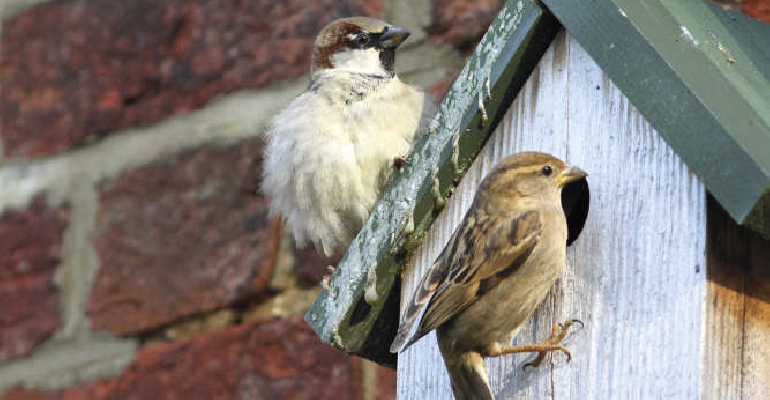
Did you know that different birds seek out different homes, and that it’s all about location, location, location when it comes to putting up a nest box? Becca Smith from the Royal Society for the Protection of Birds explains more
According to the RSPB, the UK’s largest nature conservation charity, when choosing your garden nest box you should consider what species of bird you might want to attract. Whether you’re making your own or buying one, the size, shape and position of your nest box can dictate which feathered friends may use it – from house sparrows and robins to blue tits and swifts.
As a general rule of thumb, unless there are trees or buildings which shade the box during the day, nest boxes should face between north and east, avoiding strong sunlight and the wettest winds. Tilt the box forward slightly so that any driving rain bounces off the roof, ensure the box has small drainage holes in case water does get inside, and check that the birds have a clear flight path to the nest entrance.
SAY HELLO TO HOUSE SPARROWS
These sociable birds are in worrying decline, having halved in number across the UK. Thankfully, putting up a nest box or two on your home’s walls can help, as groups of house sparrows nest together in clusters of neighbouring nest boxes. House sparrows will make use of crevices in walls or nest boxes placed high up near the eaves of your home that have a 32mm entrance hole.
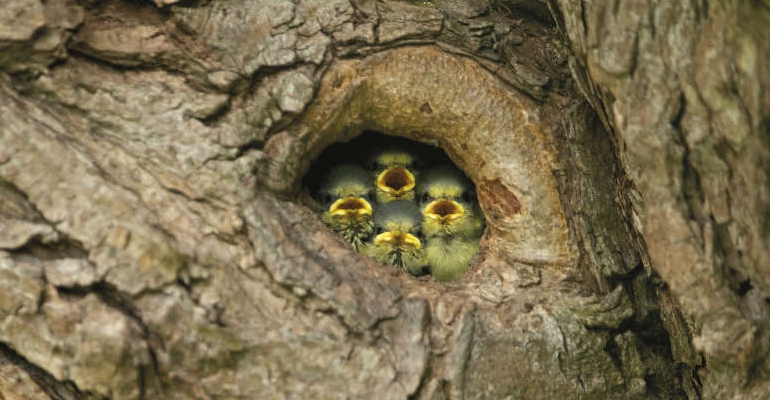
PHOTO: BEN ANDREW (rspb-images.com)
WELCOME IN BLUE TITS
Typically found using holes in trees or classic nest boxes, blue tit’s nest boxes should be fixed two to four metres up a tree or a wall. As a smaller garden bird, blue tits need an entrance hole of around 25mm, and can be seen displaying to a mate by hammering on the wood with their beaks.
GIVE SWIFTS A HOME
Swifts can be found nesting in tall buildings around most Sussex towns and cities. Sadly, our modern designs often lack the eaves and cracks that cavity nesting swifts love, but special nest bricks and swift boxes can really help these sociable nesters. You can also help monitor urban swift populations by logging your sightings on the RSPB’s Swift Mapper rspb.org.uk/swiftmapper
LOOKING TO ATTRACT ROBINS?
These garden favourites, with their bright orange chests, prefer an open fronted nest box. Their nest boxes are best placed near trees, climbing vegetation and shrubs, with plenty of shelter to protect them from the wind and rain. Robins (and wrens too) sometimes also seek out the safety of a cosy shed, so if you spot birds regularly darting in and out, be careful not to disturb or block access to any nests that might be hidden in strange places, like behind plant pots or in watering cans.
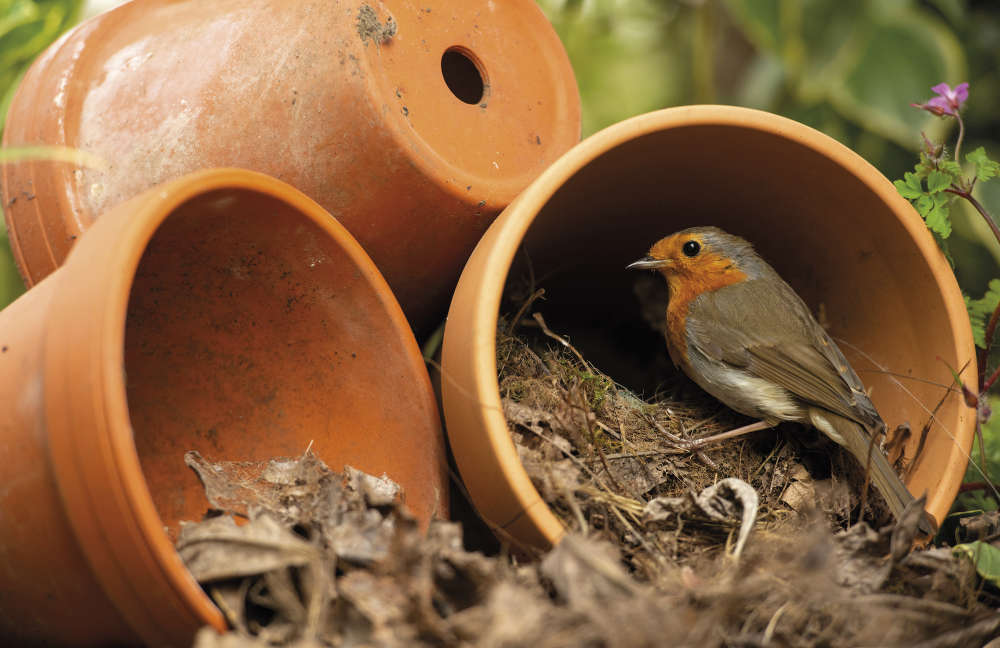
PHOTO: BEN ANDREW (rspb-images.com)
NESTING SEASON
If you’re tidying up the garden, check for nests in shrubs and trees before picking up the shears, as birds and their nests are protected by law. Breeding season officially starts in February, but some birds do nest earlier. Odd bird behaviour such as alarm calls, flying closer than usual, and adult birds trying to get your attention can give you an early warning if you are too close to a nest. If that happens, back away and give the birds some space.
The countryside is home to lots of nesting birds too and they don’t all nest in trees. Over half of England’s most threatened breeding birds nest on or near the ground, so be sure to watch your step for camouflaged nests, stick to paths, and keep your dogs on a lead to give them the best chance of survival.
As the nesting season gets underway, giving nature a helping hand is sure to brighten your spring. However, if you find a fledgling bird – one that is fully feathered and has just left the nest – resist the temptation to intervene. These young birds may look uncoordinated as they master the art of flying, but left well alone, they stand the best chance of survival. Who knows, perhaps they’ll return to your garden next spring to raise a family of their own!
The RSPB have instructions for making nest boxes for a range of garden birds and also nest boxes to purchase for a variety of garden birds at www.rspb.org.uk
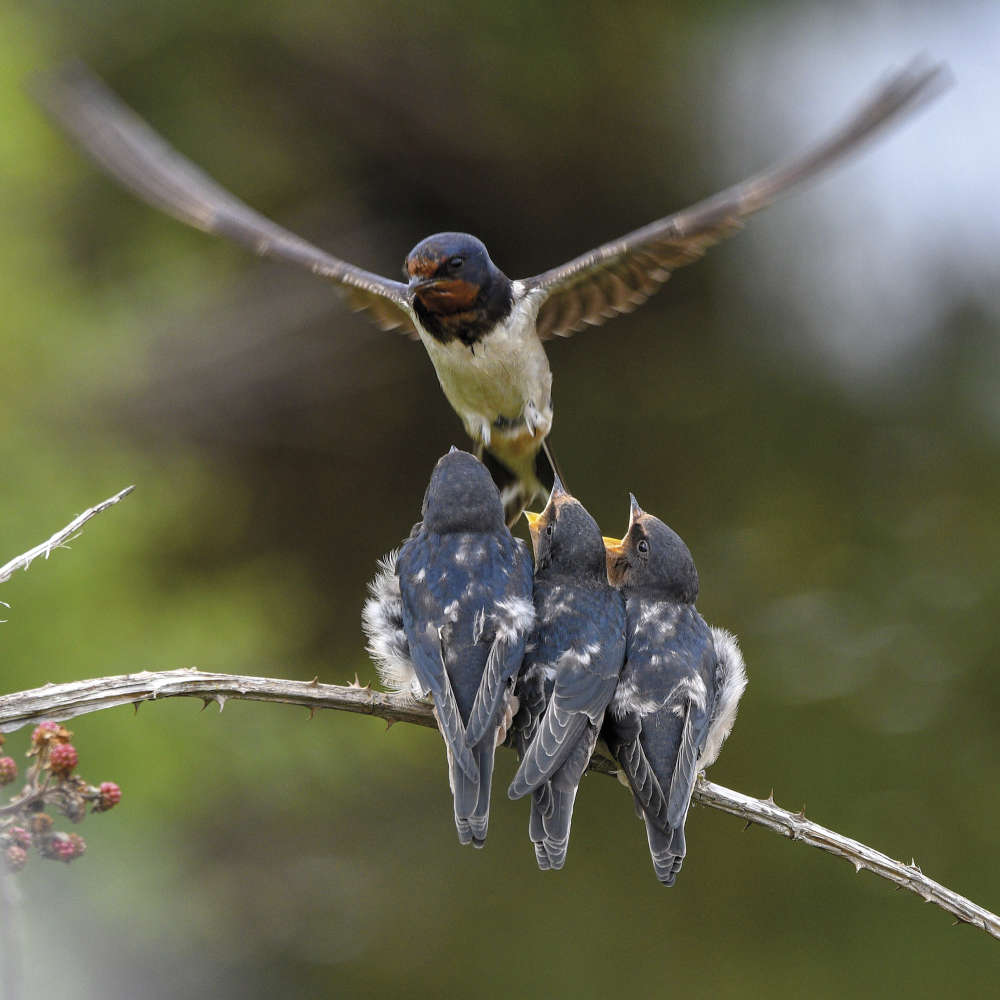
PHOTO: VERITY HILL (rspb-images.com)

 It’s a Dog’s Life: Let it Snow... Somewhere Else
It’s a Dog’s Life: Let it Snow... Somewhere Else
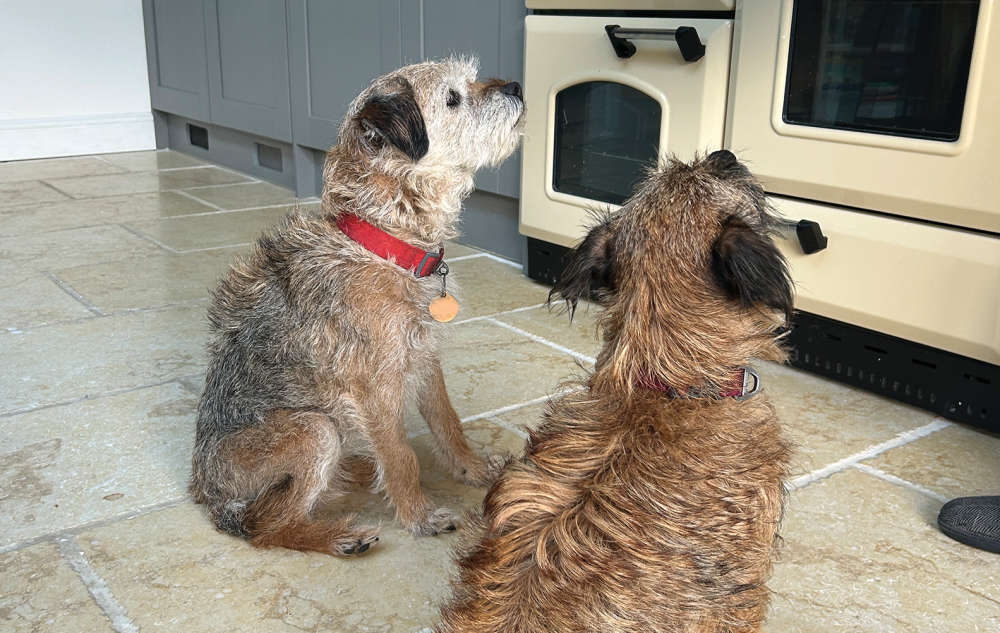 It's a Dog's Life: Foods are Seasonal, Treats are Perennial
It's a Dog's Life: Foods are Seasonal, Treats are Perennial
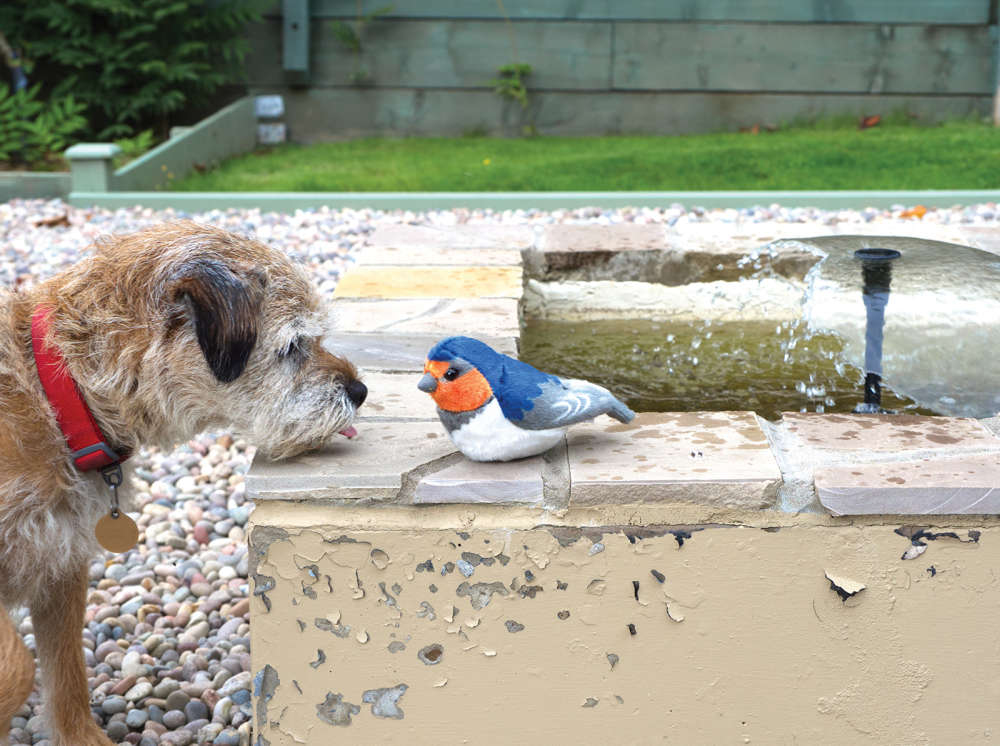 It's a Dog's Life: World Animal Day
It's a Dog's Life: World Animal Day
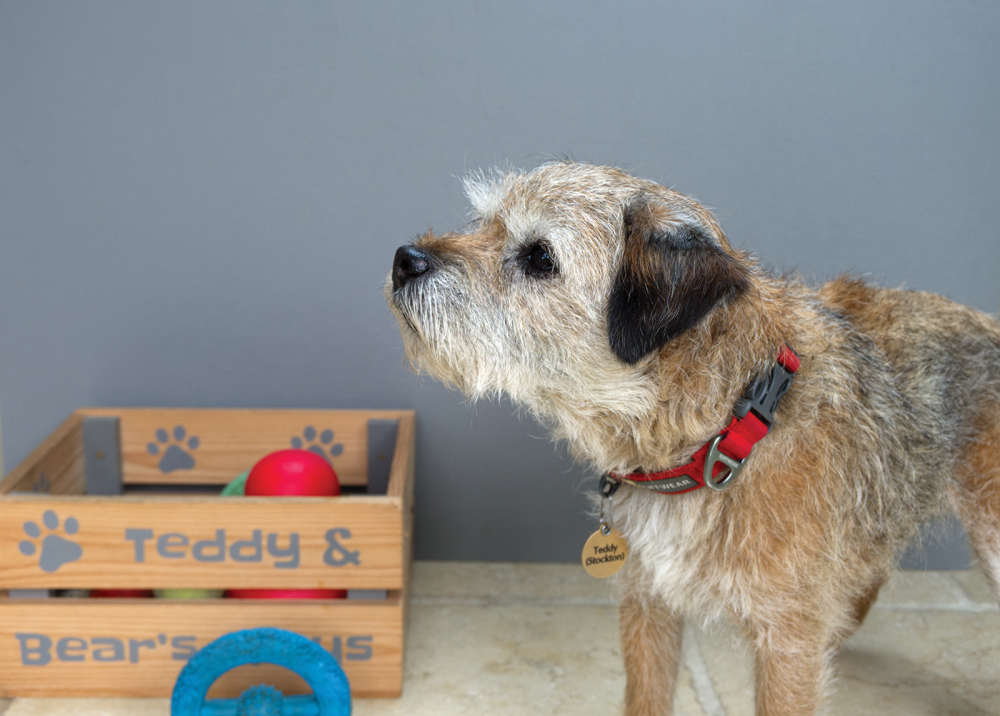 It's A Dog's Life: Never Assume...
It's A Dog's Life: Never Assume...
 Fostering Happiness at Raystede
Fostering Happiness at Raystede
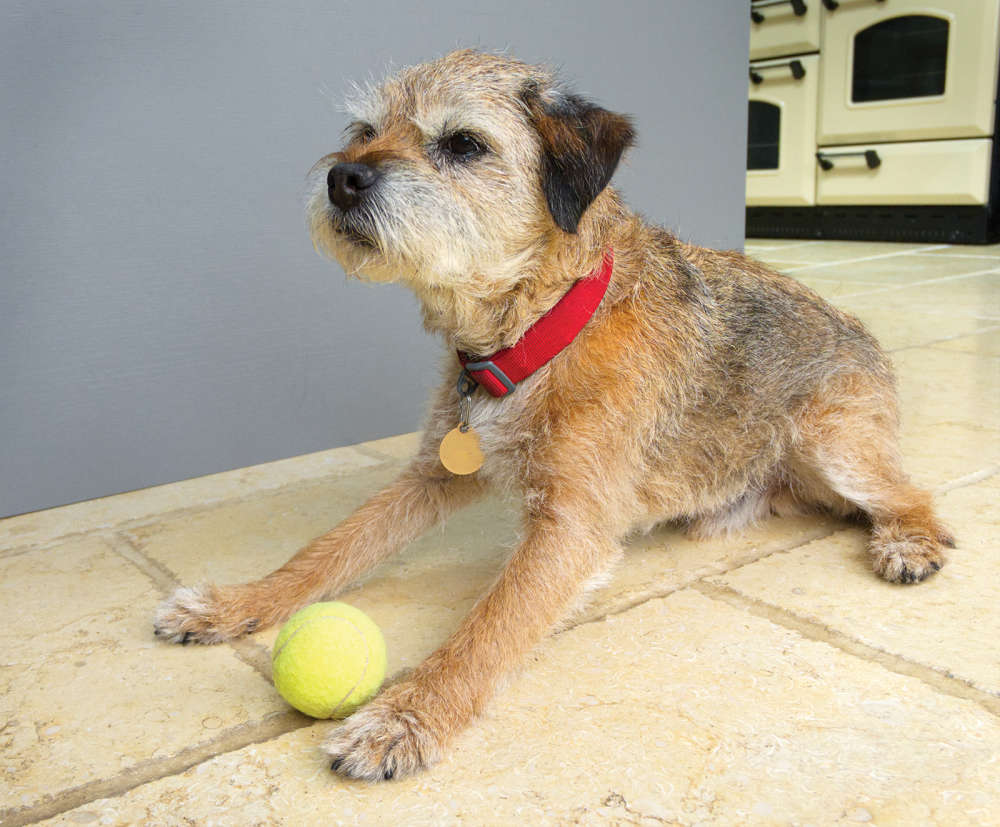 It's a Dog's Life: Why So Much Sport?
It's a Dog's Life: Why So Much Sport?
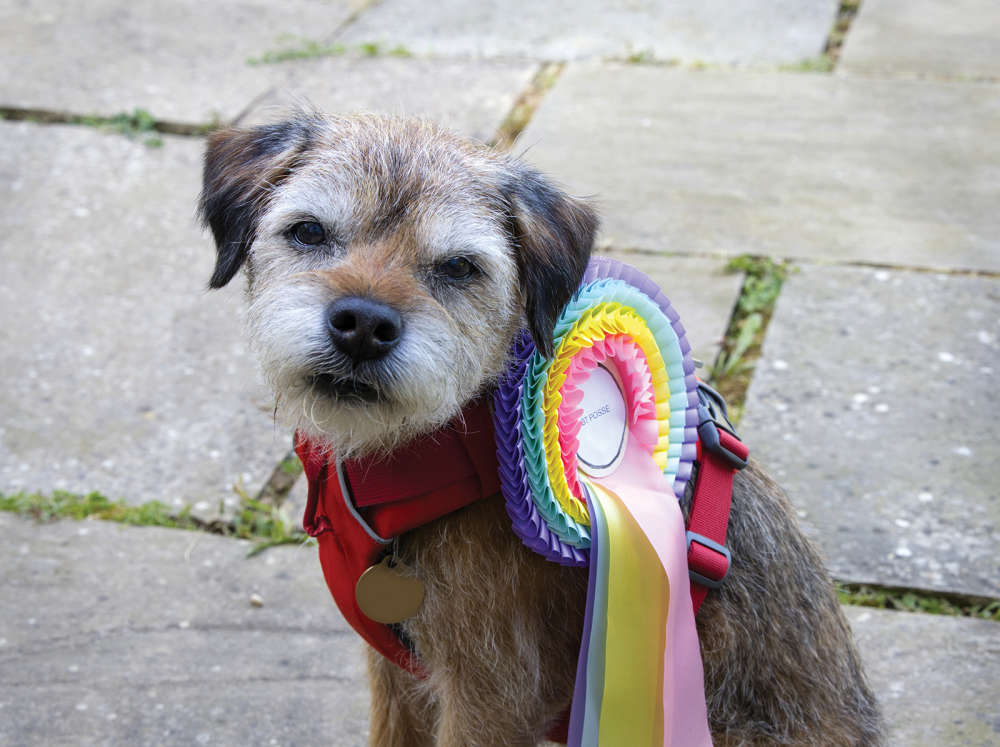 It's a Dog's Life: A Partly Political Broadcast
It's a Dog's Life: A Partly Political Broadcast
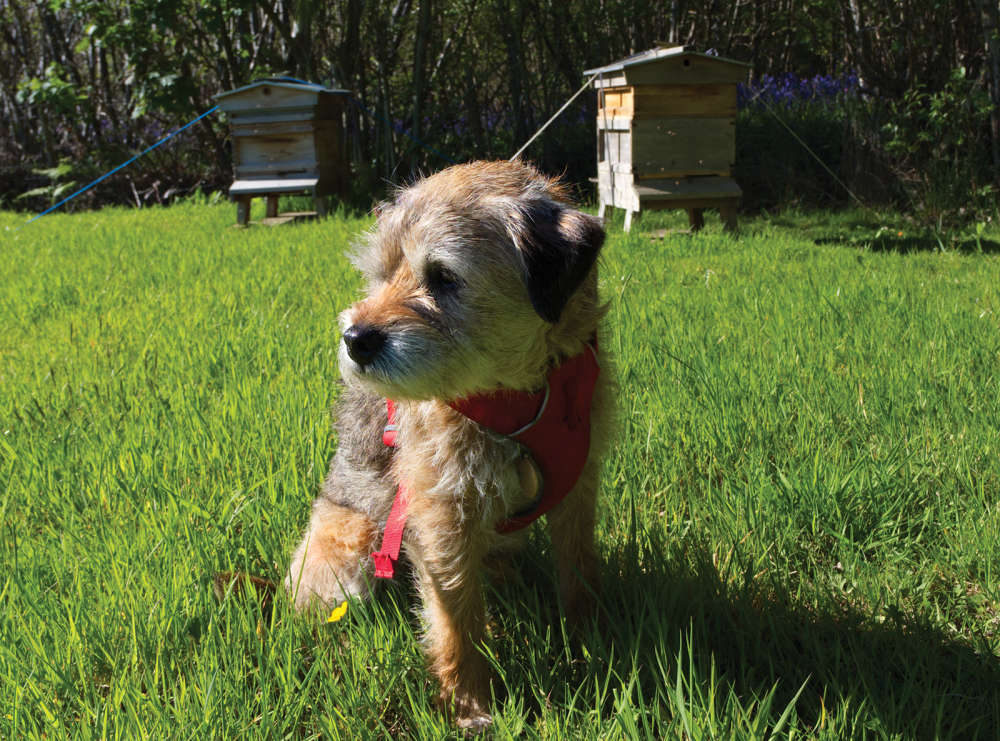 It's a Dog's Life: Our Hobbies are Not the Same
It's a Dog's Life: Our Hobbies are Not the Same
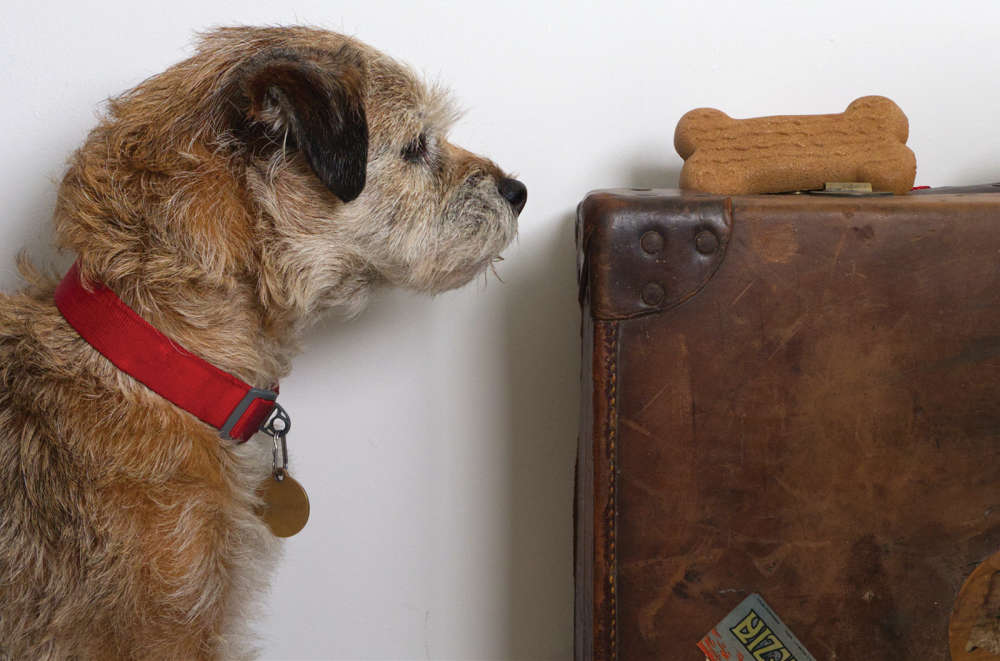 It's a Dog's Life: Our Currency is Biscuits
It's a Dog's Life: Our Currency is Biscuits
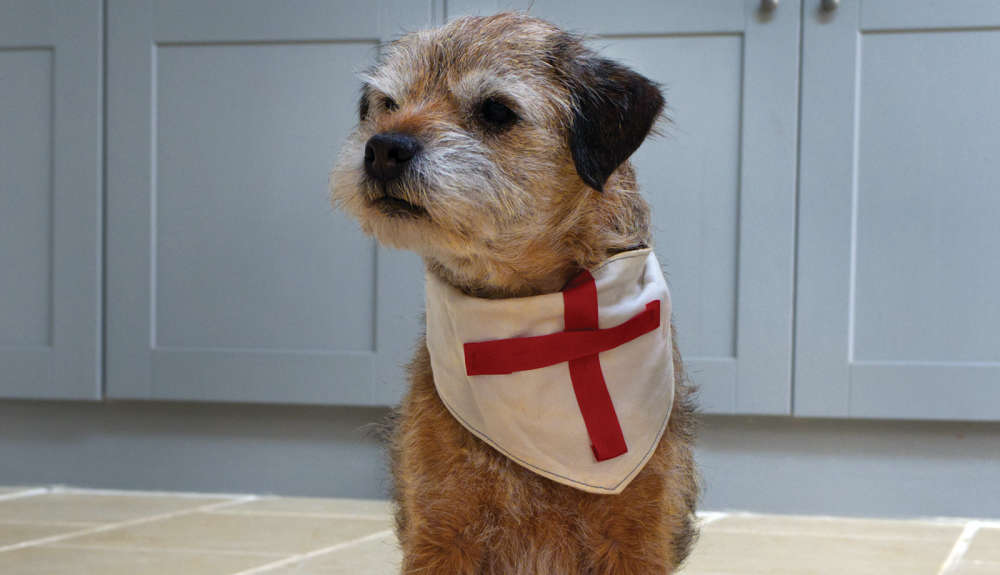 It's a Dog's Life: Teddy & the Dragon
It's a Dog's Life: Teddy & the Dragon
 Paws for a Cause
Paws for a Cause
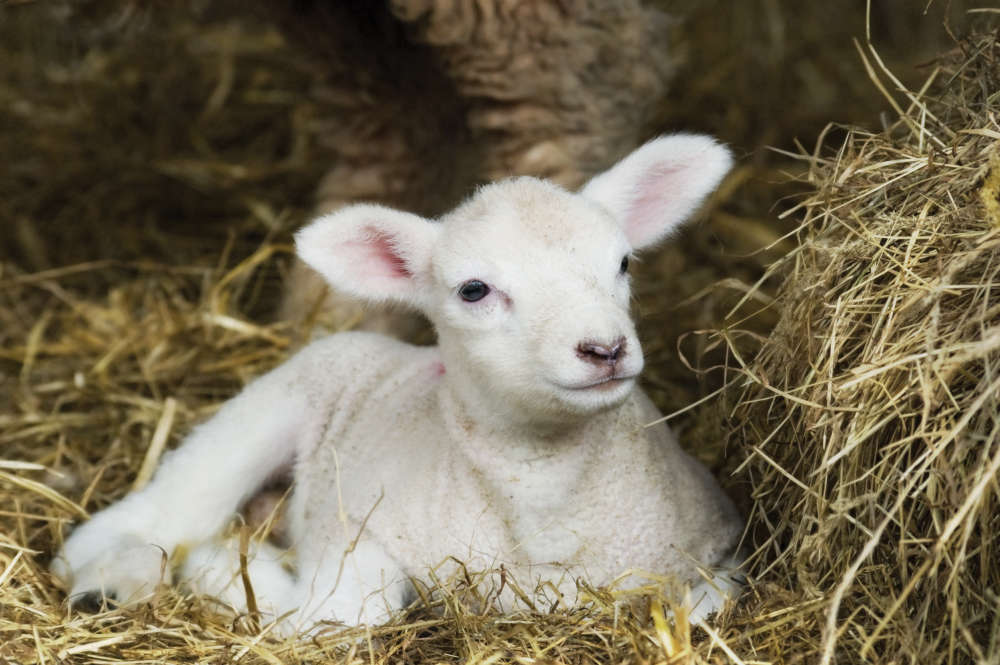 Kids Zone: Lambing in Spring
Kids Zone: Lambing in Spring
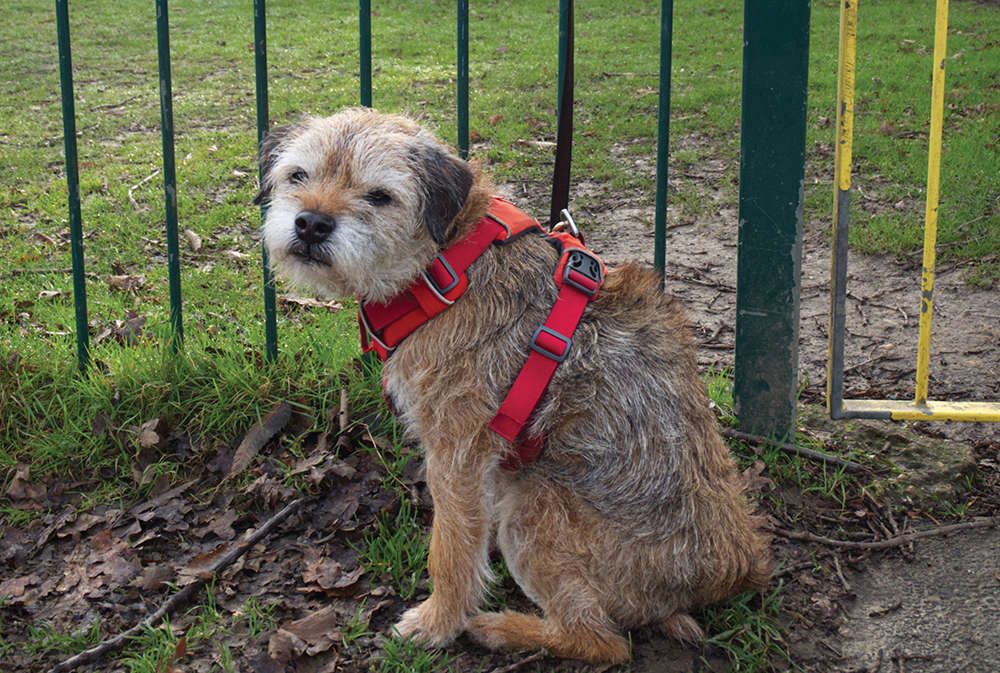 It's a Dog's Life: Access Denied
It's a Dog's Life: Access Denied
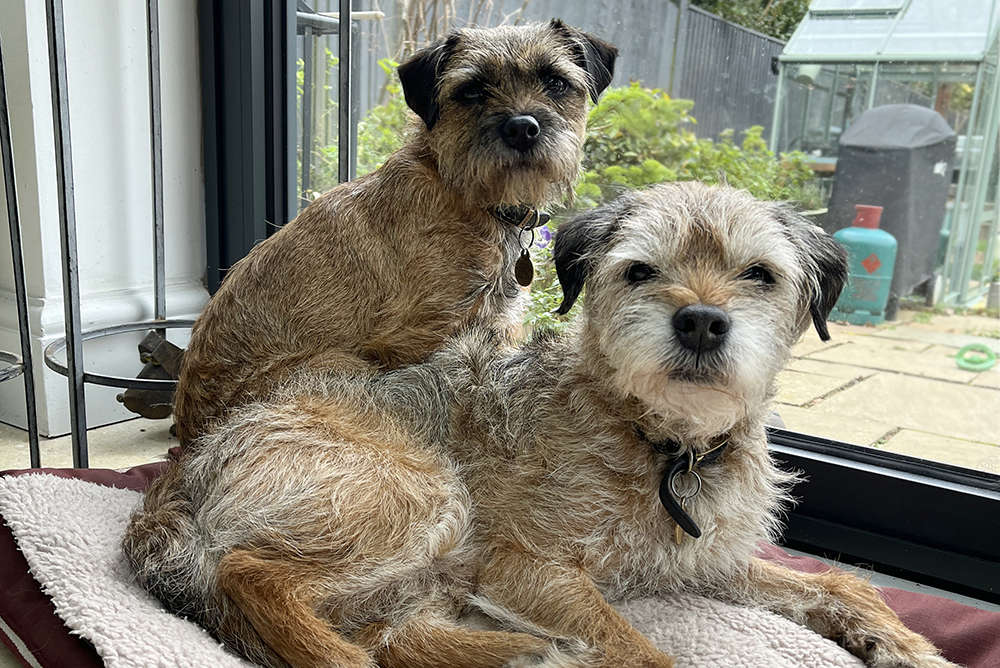 It's a Dog's Life: February is not just for Pancakes
It's a Dog's Life: February is not just for Pancakes
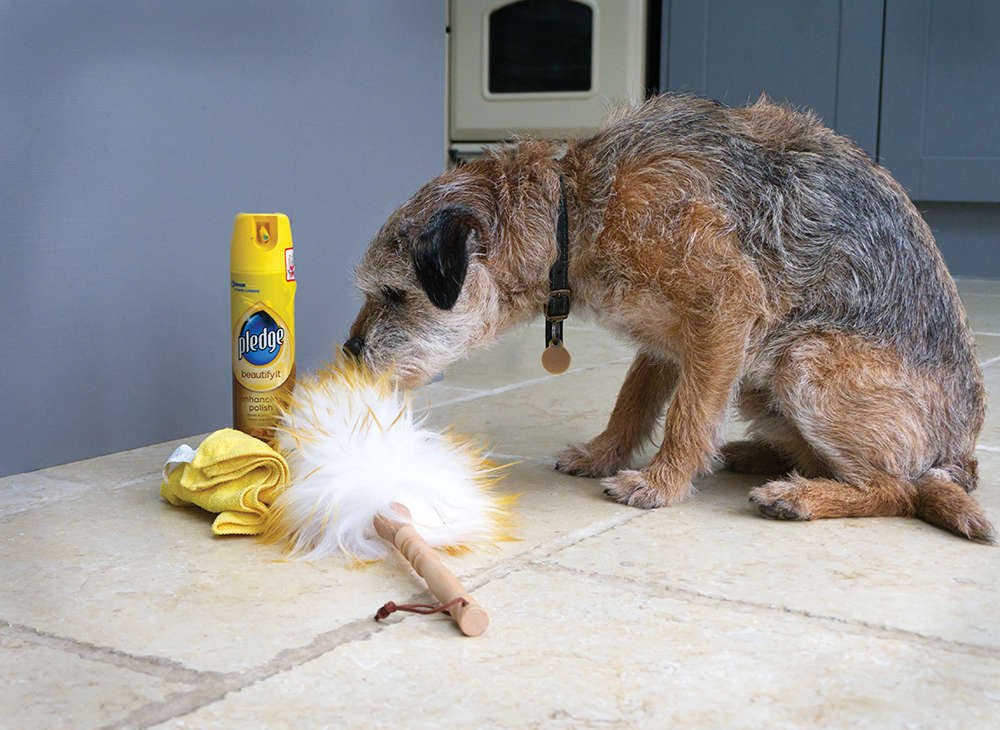 It's a Dog's Life: Cleaning Up
It's a Dog's Life: Cleaning Up
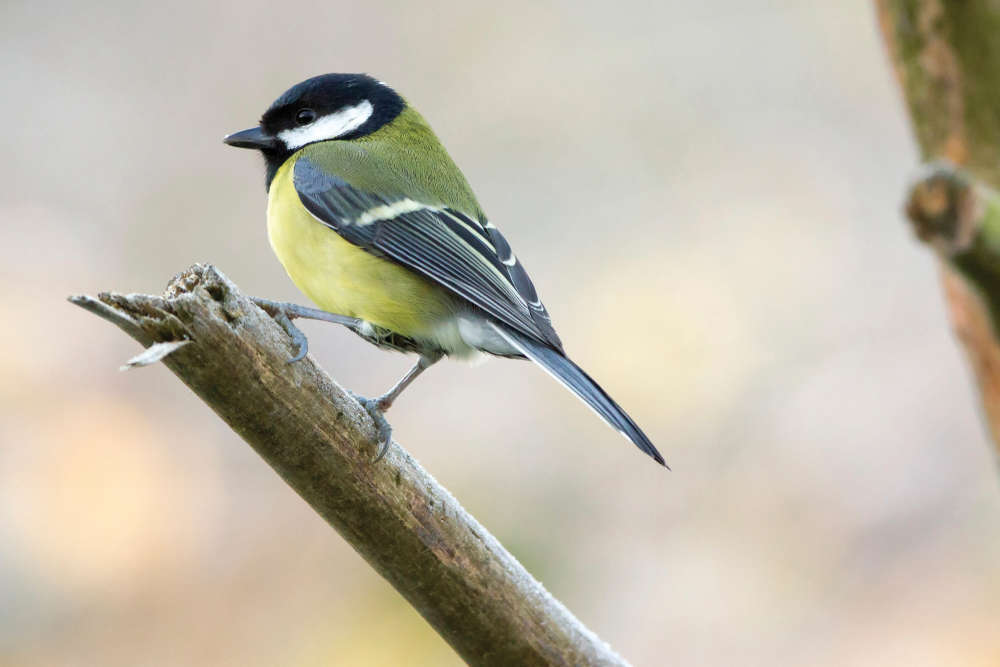 Top 10 Garden Birds to spot in Sussex
Top 10 Garden Birds to spot in Sussex
 Top Tips: Keep Your Pets Safe this Bonfire Night
Top Tips: Keep Your Pets Safe this Bonfire Night
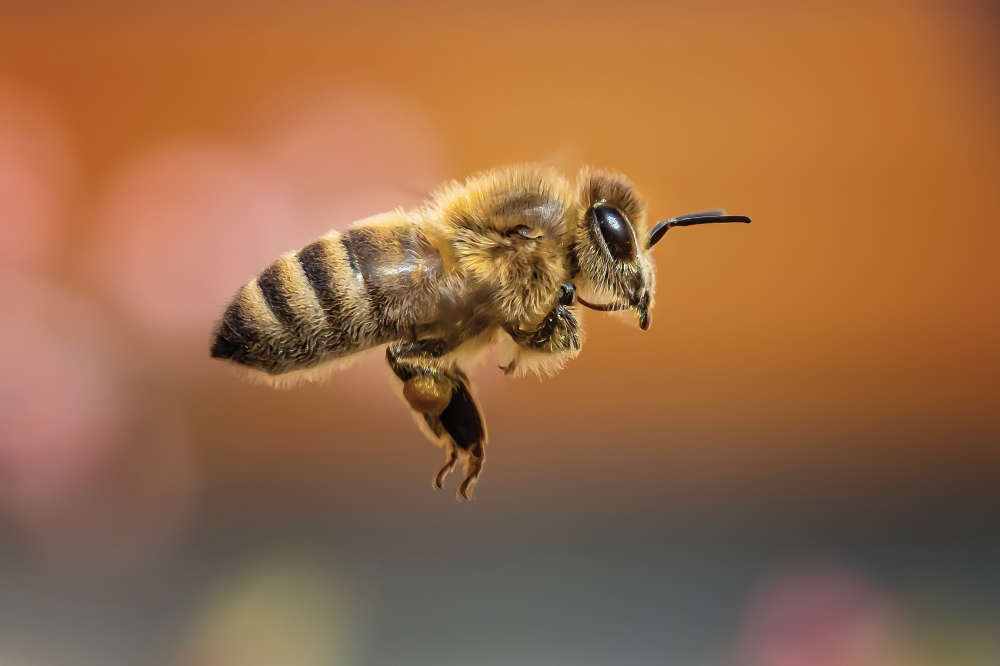 Advertising Feature: Plan Bee
Advertising Feature: Plan Bee
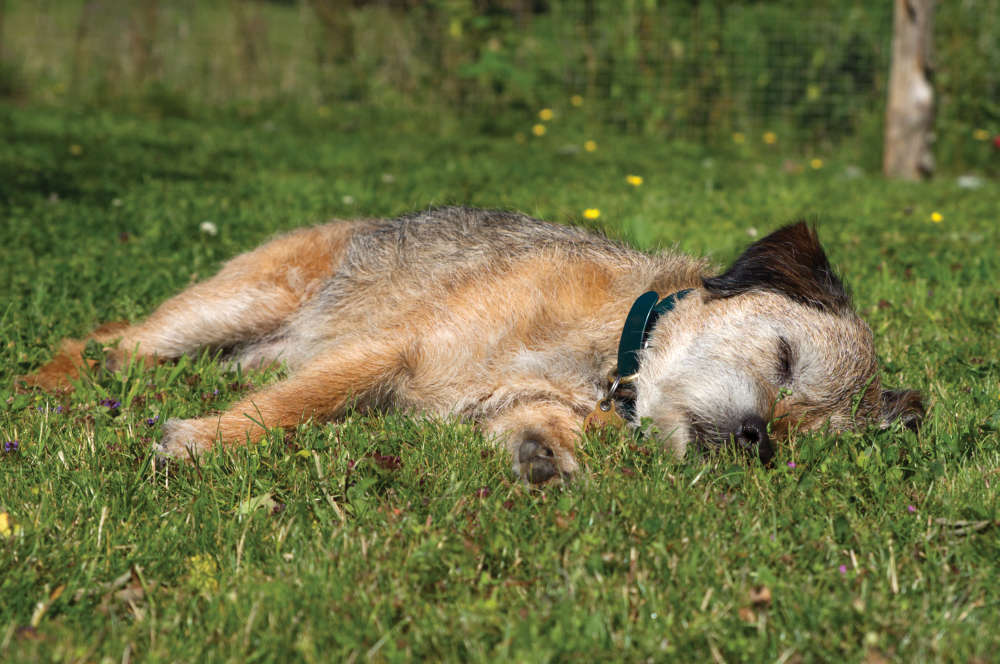 It’s a Dog’s Life - The Quiet Life
It’s a Dog’s Life - The Quiet Life
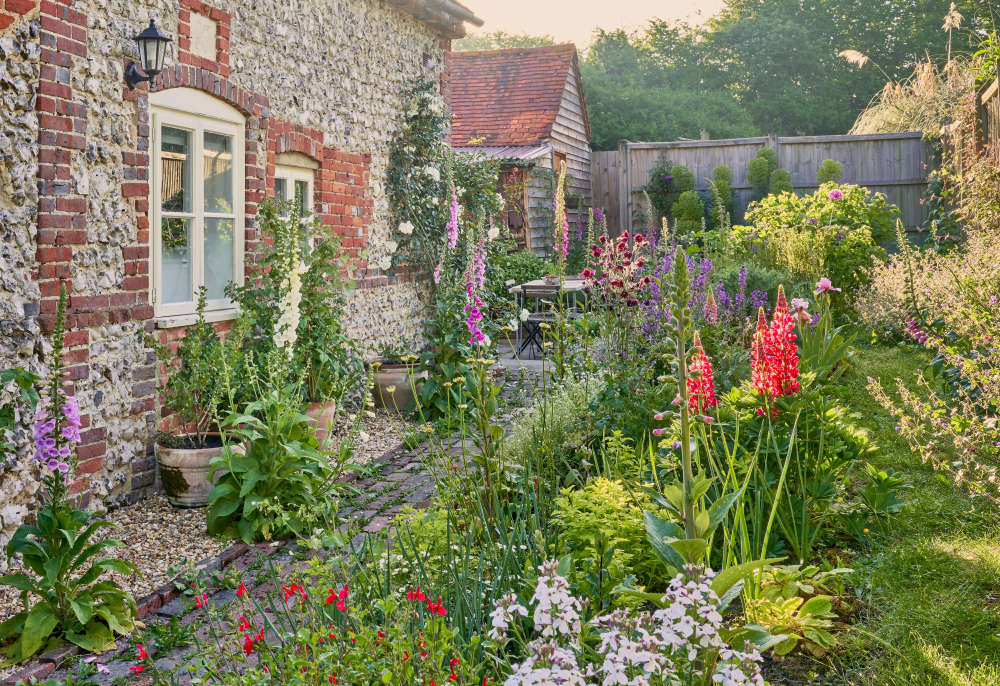 What should you be looking out for in your Sussex Garden this Summer?
What should you be looking out for in your Sussex Garden this Summer?